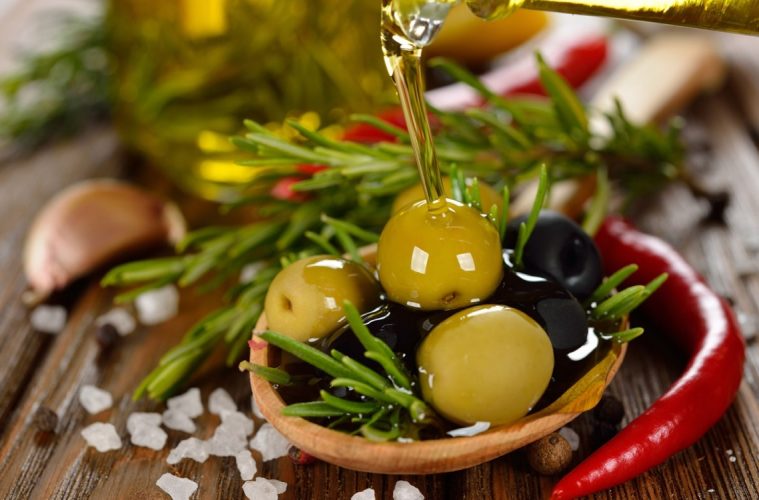In countries where eating olives is comparatively new, it is important to have a benchmark for gauging the quality of a table olive. Consumers should be aware of what to look for in a good quality, tasty table olive. Highlighting these attributes will create awareness about the excellent local products that are available and protect consumers from being served second rate products, which is unfortunately something to which they have become accustomed for far too long.

SA Olive states that the four most prominent characteristics of a quality table olive are:
[divider]Appearance[/divider]
The first characteristic of any product that we notice is, of course, appearance. Table olives should not only taste good, but they should look really good too, especially when being used as a highlight feature in a dish. It is vital to know that these two attributes are not mutually exclusive. A good quality olive should be smooth and shiny, as appearance is that will make consumers decide whether to try the product or not.
[divider]Smell[/divider]
The fragrance of a well-prepared olive should be clean as this will give the consumer an indication that the processing of the olive was managed correctly. The most resilient components are a result of the fermentation process. In the absence of any fermentation, the scent is usually that of the added ingredients, like garlic, herbs and various other flavourings. Any spoiled olives will be noticeable on the nose, and any off-odour is totally unacceptable in quality table olives.
[divider]Taste[/divider]
Although table olives have a unique complexity of flavour, varying from bitter to sweet, taste is usually a subjective matter and it relies on what one has become is used to. For example, when wine is consumed, the non-wine drinker may start with a sweeter wine and then progress to drier wines. In the case of table olives, consumers without an educated palate tend to prefer blander product. Once hooked on these little delicacies, the consumer then seeks out products with a lot more flavour and, in particular, the natural olive flavour.
[divider]Texture[/divider]
While the skin of the olive should appear smooth and shiny, there needs to be a degree of firmness in the flesh. However, it should not be too tough, and therefore be able to detach from the pit quite readily. The texture of an olive is also determined by factors such the ripeness of the fruit when it was harvested, the cultivar as well as which methods were used in the processing/curing of the olives. These methods play important role as they can either maintain the texture of the fruit or compromise it.
Read more here: www.saolive.co.za/table-olives/
Other than eaten whole and straight from their cured state, olives are so incredibly versatile they can be used in a variety of ways like being tossed in salads, baked with breads, blended into dips, stirred into pastas and so much more. Any kind of creativity with olives can do wonders to your dish.

[divider]How to make the perfect smoked olive tapenade[/divider]
Recipe by Food and Home Entertaining:
Tapenade is a particularly French dish consisting of puréed or finely chopped olives, capers, and olive oil, which is usually enjoyed as a starter or hors-d’oeuvre. It is often spread on bread or crackers and is sometimes used to stuff chicken.
Ingredients:
200g Kalamata olives, pitted
100g smoked Kalamata olives, pitted
4 anchovy fillets
45ml (3 tbsp) capers, rinsed
1 garlic clove
juice of ½ lemon
salt and freshly ground black pepper, to taste
180ml (¾ cup) olive oil
Method:
1. Place all of the ingredients except the olive oil in the bowl of a food processor. Blitz until coarsely chopped.
2. With the motor running, slowly add the olive oil in a steady stream to form a paste. Spoon into a serving dish and set aside.
The table olive market here in South Africa has a solid foundation which will support its growth into a successful and valuable industry amongst the new olive producing countries.


